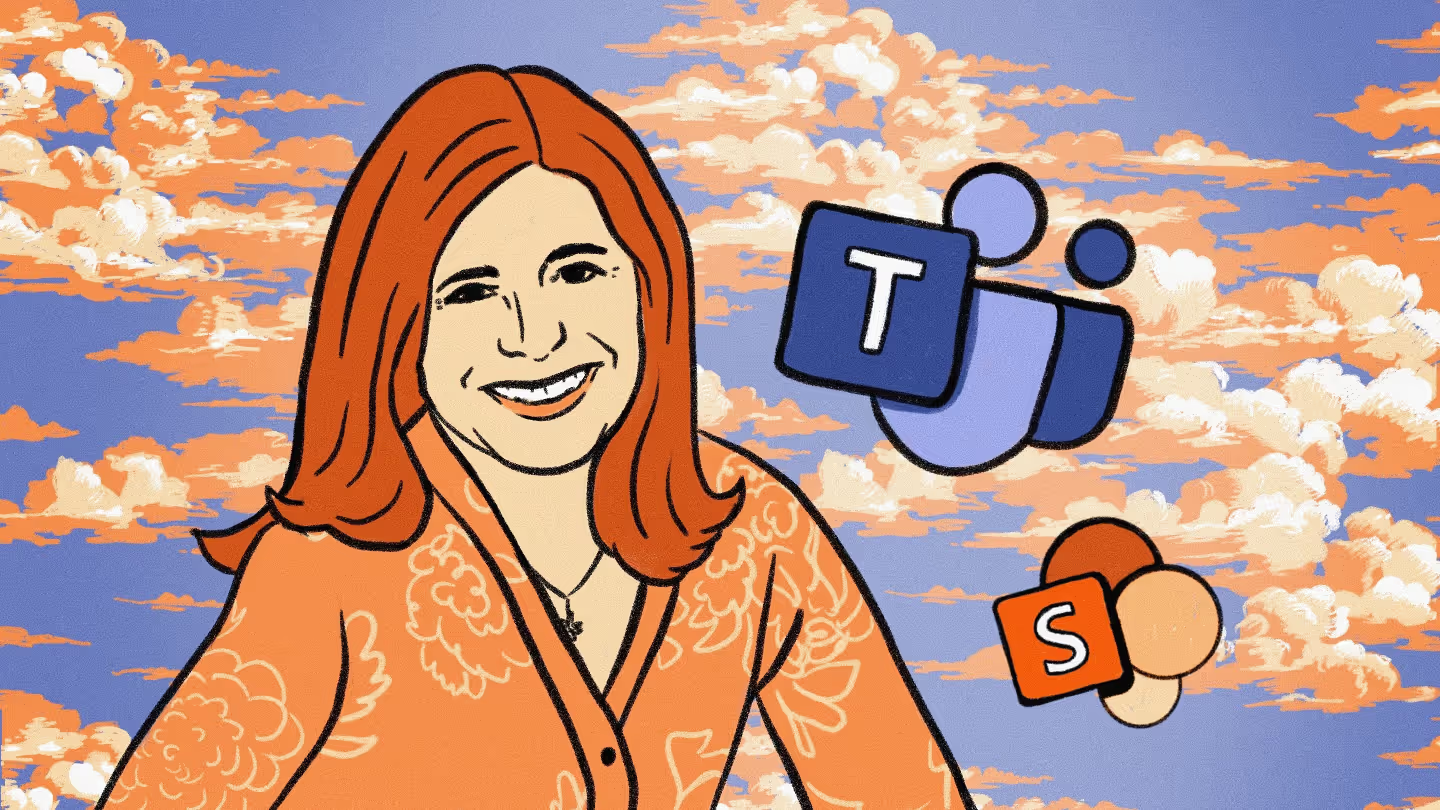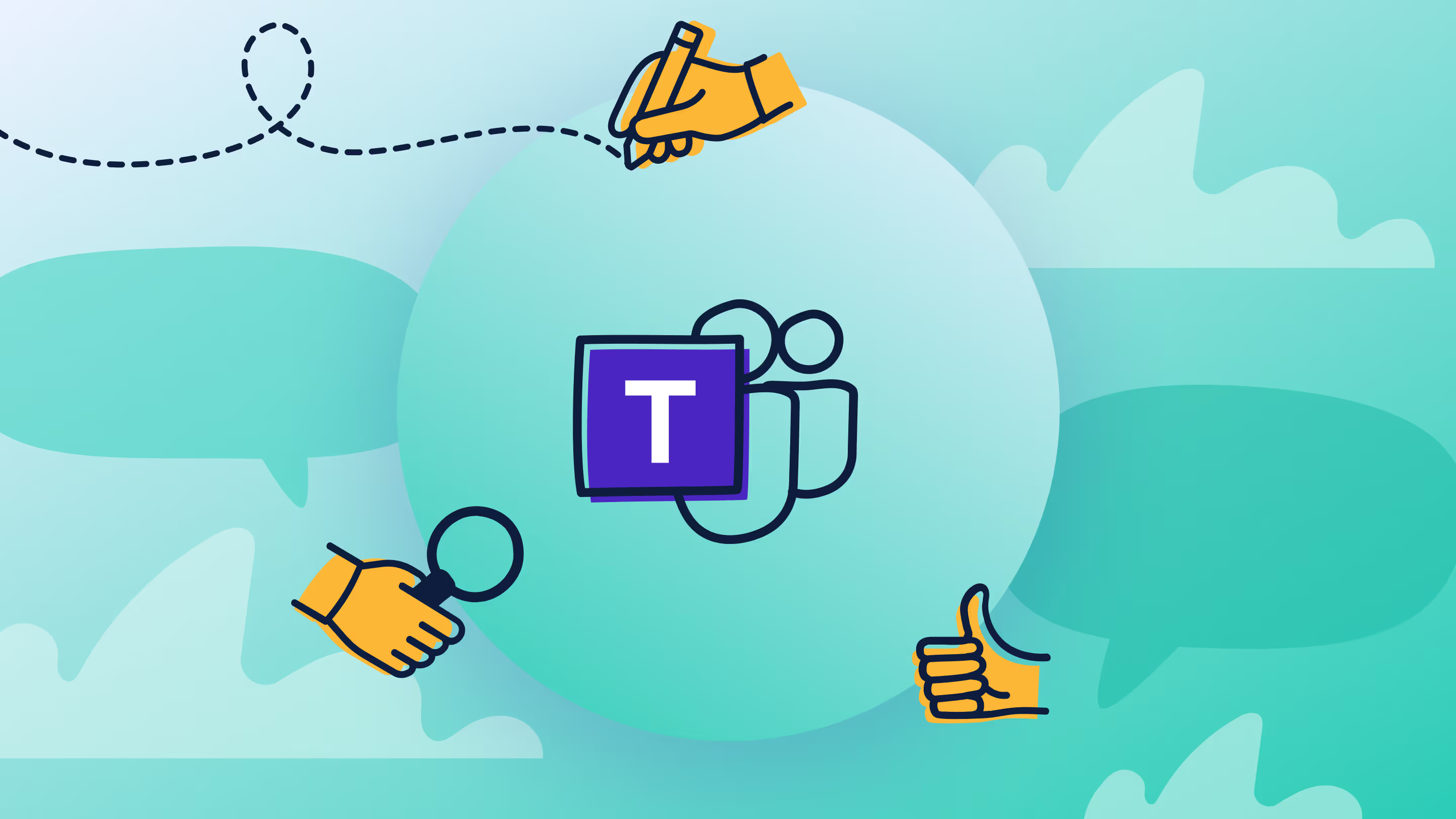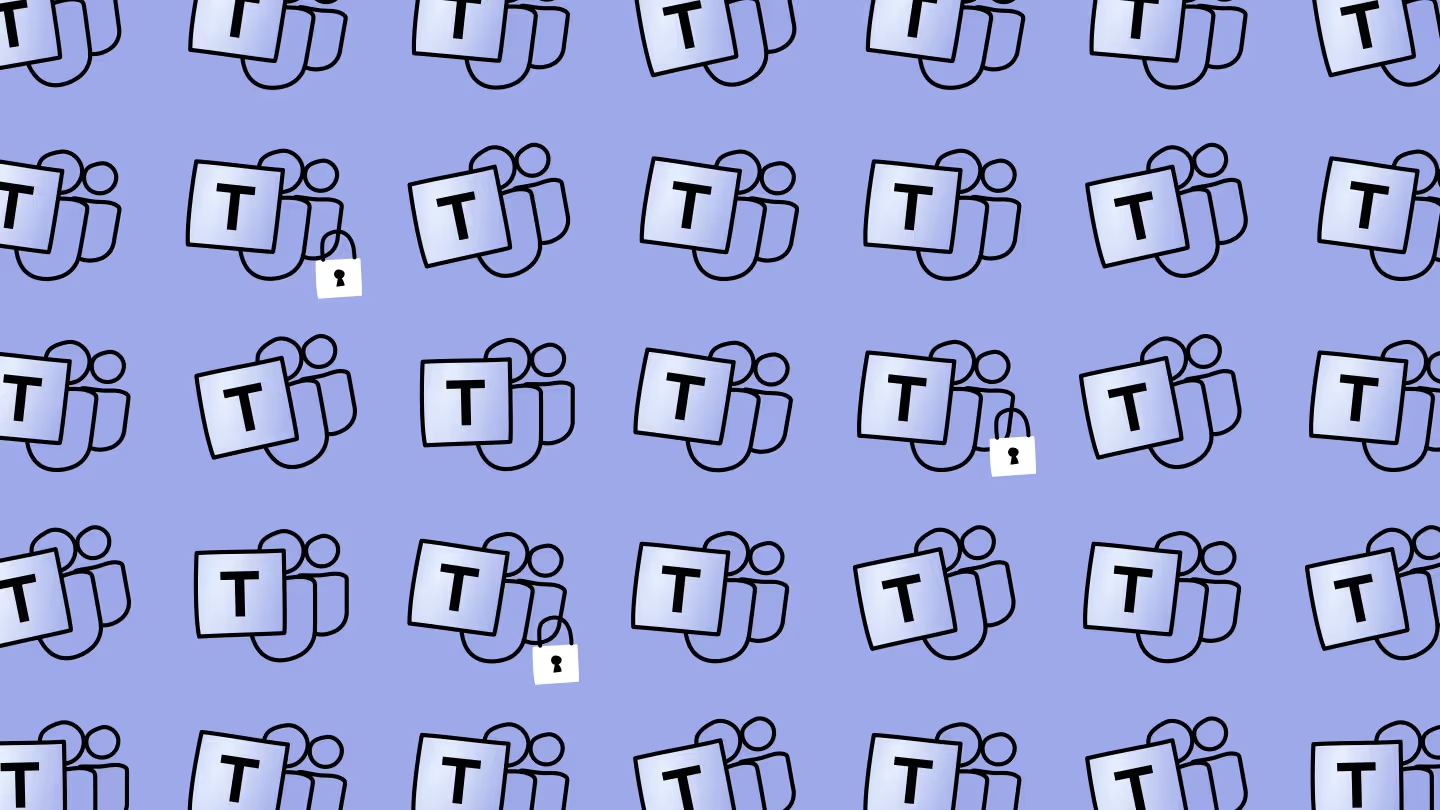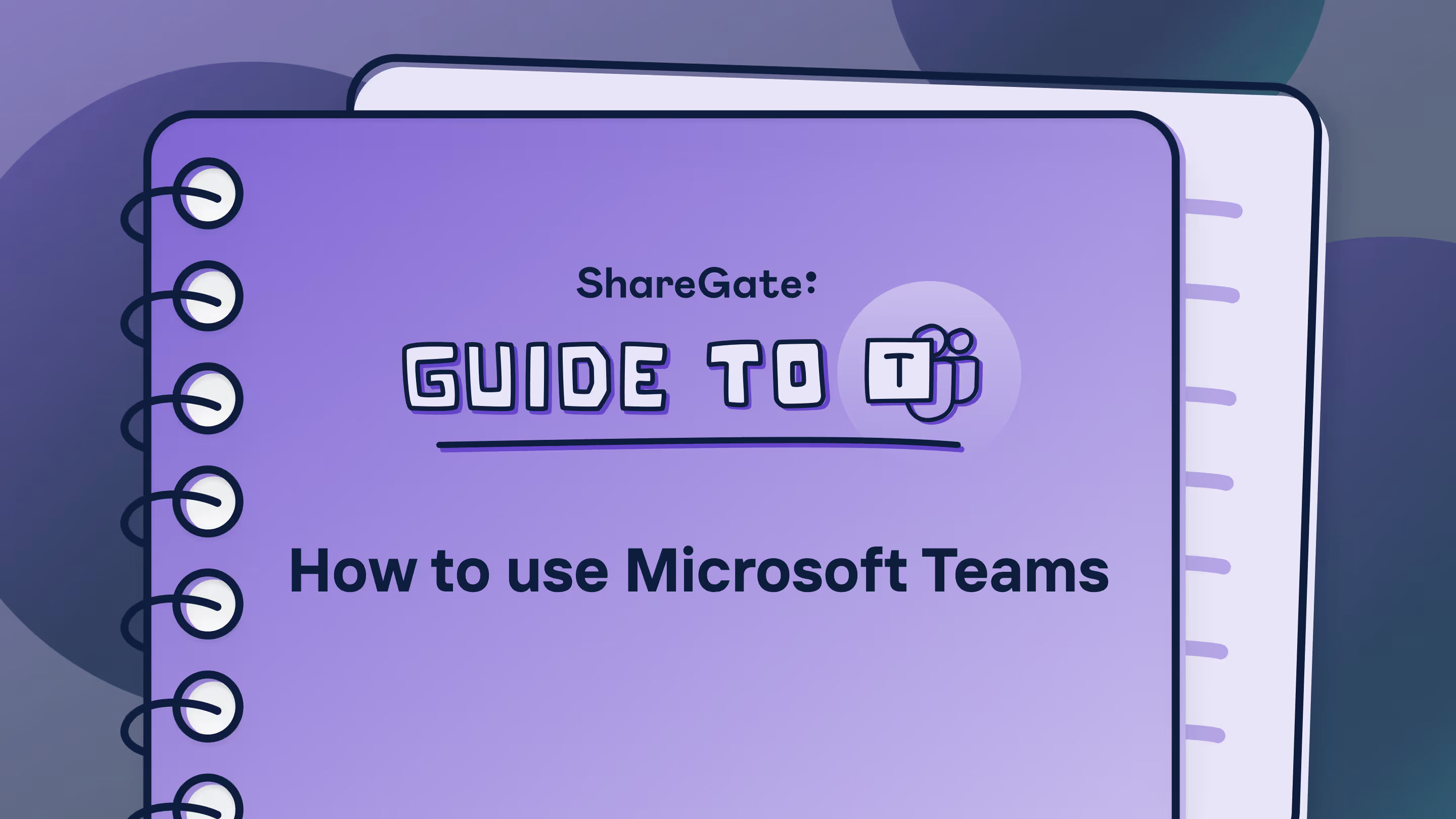Microsoft Teams Connect (shared channels): Collaboration without borders

Table of contents
Wondering how to get started with shared channels in Microsoft Teams? Microsoft MVP Jasper Oosterveld dives into the details of Teams shared channels and how to use this feature effectively to improve collaboration.
Millions of people work in Microsoft Teams to connect, collaborate, and get work done. But what about all the work that happens outside of your organization?
For that, there’s Microsoft Teams Connect (aka shared channels). Shared channels is a feature in Microsoft Teams that makes it easier to collaborate with anyone inside and outside your organization.
Channels are collaboration spaces within the team. They help organize conversations around a project, topic, or collective purpose. While standard and private channels are great for connecting a team, the collaboration also needs to extend beyond organizational boundaries—especially in our current working context.
Jasper gives us the lowdown on using shared channels for conversations, scheduling a meeting, sharing and co-authoring files, and guest access permissions, without ever switching tenants.
Rather watch Jasper’s Q&A? Check out the video recording below.
https://youtu.be/IgXvMeIt2IA
Q: What is a shared channel in Microsoft Teams?
A shared channel is a type of channel in Microsoft Teams. This feature allows members of a team to collaborate with anyone inside and outside your team or organization without having to invite them as a member of that team.

You can create a shared channel in the same way you would add a standard or private channel.
- Go to the team you want to create a shared channel for and select More options (...)
- Select Add channel

- Enter a name and description for your channel
- Under Channel type, select Shared - People you choose from your org or other orgs have access. Then select Create. By default, you can share the channel with everyone on the team.

Asking yourself, "what is Microsoft Teams" or pondering how to use it can help you fully embrace its collaborative power. Among numerous other features, shared channels exemplify Microsoft's modern workplace as the ideal hub for productivity.
Q: How do you enable a shared channel?
You can enable shared channels in the Teams admin center. You have the option of creating a new Teams policy or adjusting the global policy.

If you’re planning on sharing channels with people outside of your organization, you need to configure cross-tenant access settings in Azure AD. Make sure the external organization(s) you’ll be collaborating with complete this configuration on their end, too.
Teams shared channels gives admins a range of ‘granular controls’. This includes the ability to create Teams policies that specify who can create a shared channel, share channels with external users, and participate from the external tenant.
What owners, members, and guests can do in shared channels
Q: How do you invite a user to a shared channel?
Shared channels in Microsoft Teams create collaboration spaces where you can invite people who are not in the team. Inviting an internal or external user or a team is easy. Right-click on the shared channel and choose to share with people, a team, or a team you own.

Q: What can (and can’t) external users do in a shared channel?
When it comes to member and guest permissions for shared channels, you won’t be taken by surprise. They’re very similar to the permissions found in public and private channels. It all depends on the settings you defined for a team and how members can interact with the channel.
Note that guests are seen as members and can perform the same actions (when selected) as internal employees.
What's more, managing different user permissions in Microsoft Teams for guests can be hassle-free with ShareGate's automation process.

Q: What are the sharing and meeting capabilities for external users in a shared channel?
Teams around the world work asynchronously every day. Tools like Microsoft Teams make async communication and collaboration easy for external users to share and co-author files in shared channels, comparable to standard and private channels.
Shared channels support both Meet Now and Scheduled Meetings. Channel members can launch a meeting directly in the channel and invite external participants to join.
Good to know about sharing and co-authoring files in Microsoft Teams shared channels
- A shared channel gets a dedicated SharePoint site
- A shared channel site syncs data classification from the site of the parent team
- As an admin, you can use policies in Microsoft Teams to control what users in your organization can do in teams and channels. For example, you can set whether users are allowed to create private or shared channels.
- External users can seamlessly access a shared channel site via Azure AD B2B direct connect, which allows you to share resources with external organizations and across multiple tenants within your own organization, without having to be added to each other’s organizations as guests.
Good to know about meetings in Microsft Teams shared channels
- Shared channels support Meet Now and Scheduled Meetings
- Only host tenant users will be able to start a Meet Now or schedule a meeting
- External members can join an ongoing Meet Now meeting and a scheduled meeting
- By default, channel members are not added as meeting participants (like standard channels)
Q: What are the limitations regarding members, external parties, and shared channels?
Know your limits to adding members and channels. These are some of the current limits, specifications, and other requirements that apply to shared channels.
Q: How do you join a shared channel?
So you’re working with an outside partner and the organization occasionally has new employees join a project. When new members are added to the channel, they see a full history of prior conversations in the channel.
There are a couple of ways to join a shared channel:
- An existing channel member can invite a user to join (the owner of the channel will need to approve this invitation)
- The owner of the shared channel can add a user directly
Q: How do you get a conversation started in a shared channel?
Shared channels lets users invite others without having to first add them to the team. This helps to reduce oversharing challenges in Microsoft Teams and provides more flexibility when collaborating outside of your team.
Posting in a shared channel is the same as posting in standard and private channels. Members of a shared channel have a secure conversation space, and when new members are added, they can see all conversations (even old conversations) in that shared channel.
Do you know everything there is to know about Microsoft Teams channels? Channels facilitate teamwork by enabling users to share ideas and work together on documents in real-time to bring those concepts to life. And finding effective ways to work together from a distance has never been more important.
I break down teams vs. channels and best practices for making the most out of your channels if you want to dig a little deeper. Check it out: Everything you need to know about Microsoft Teams channels.
.jpg)


.svg)
.avif)
%20(1).avif)












.jpg)


.png)

